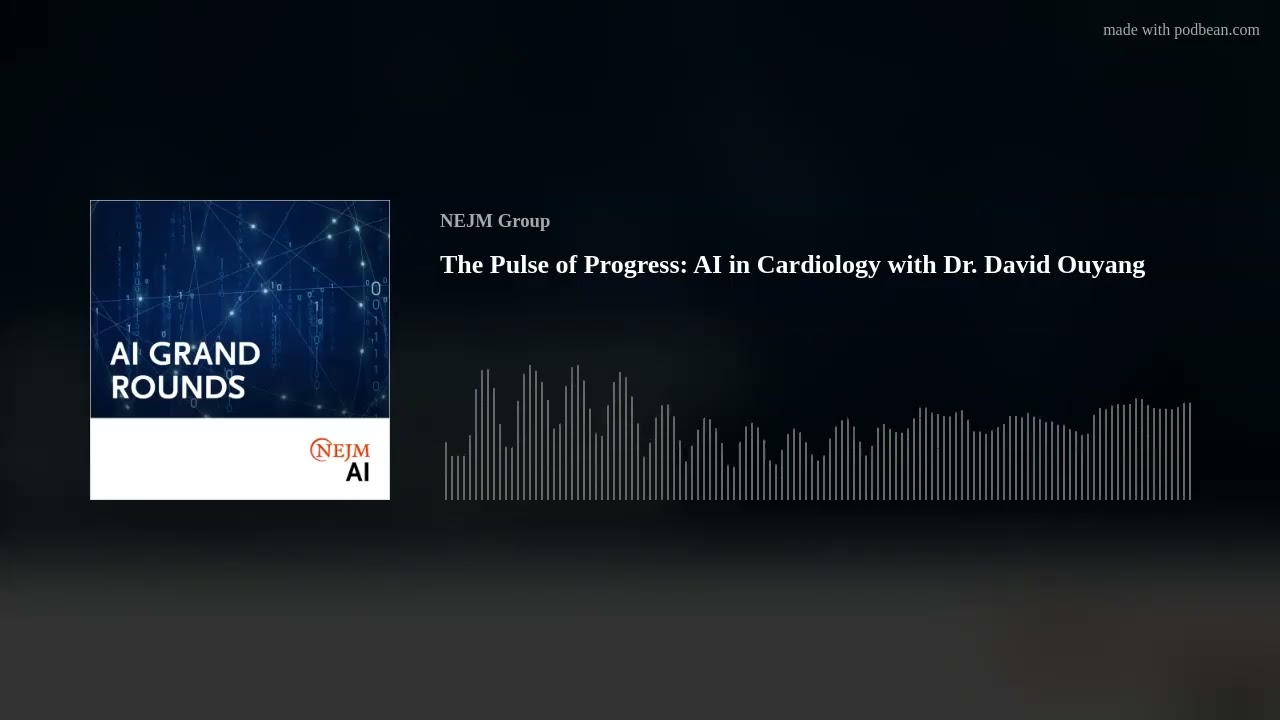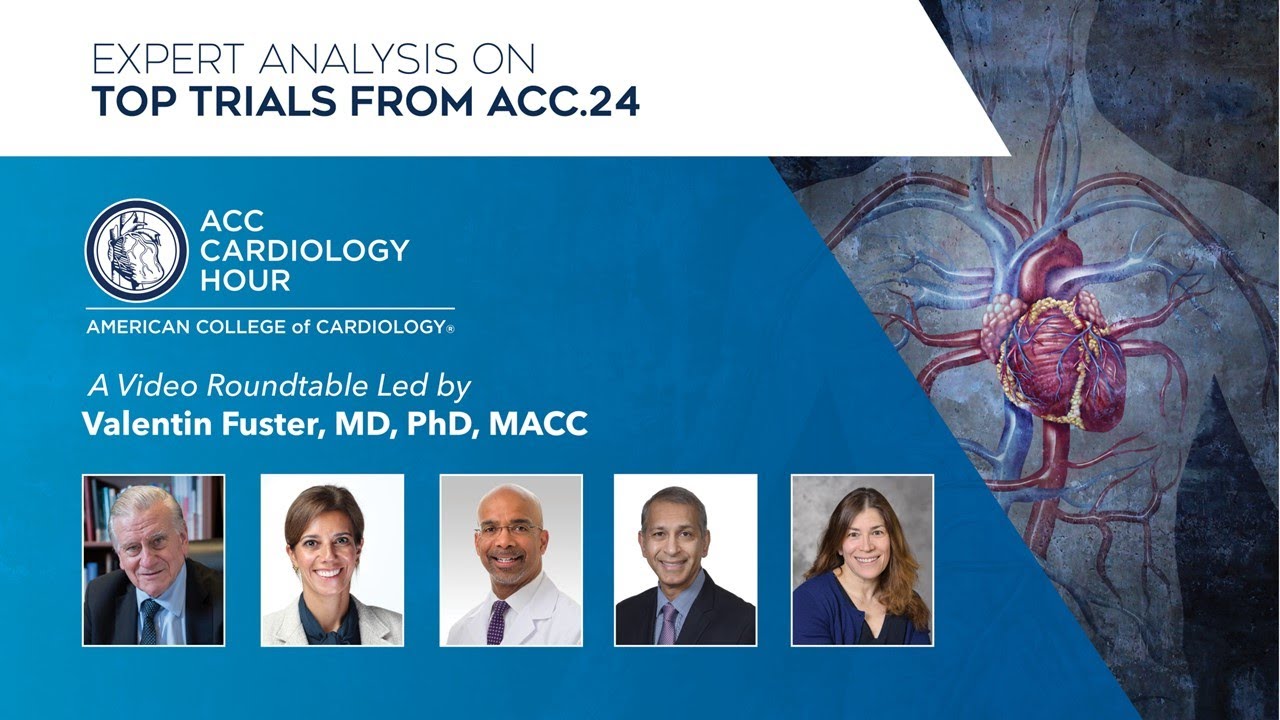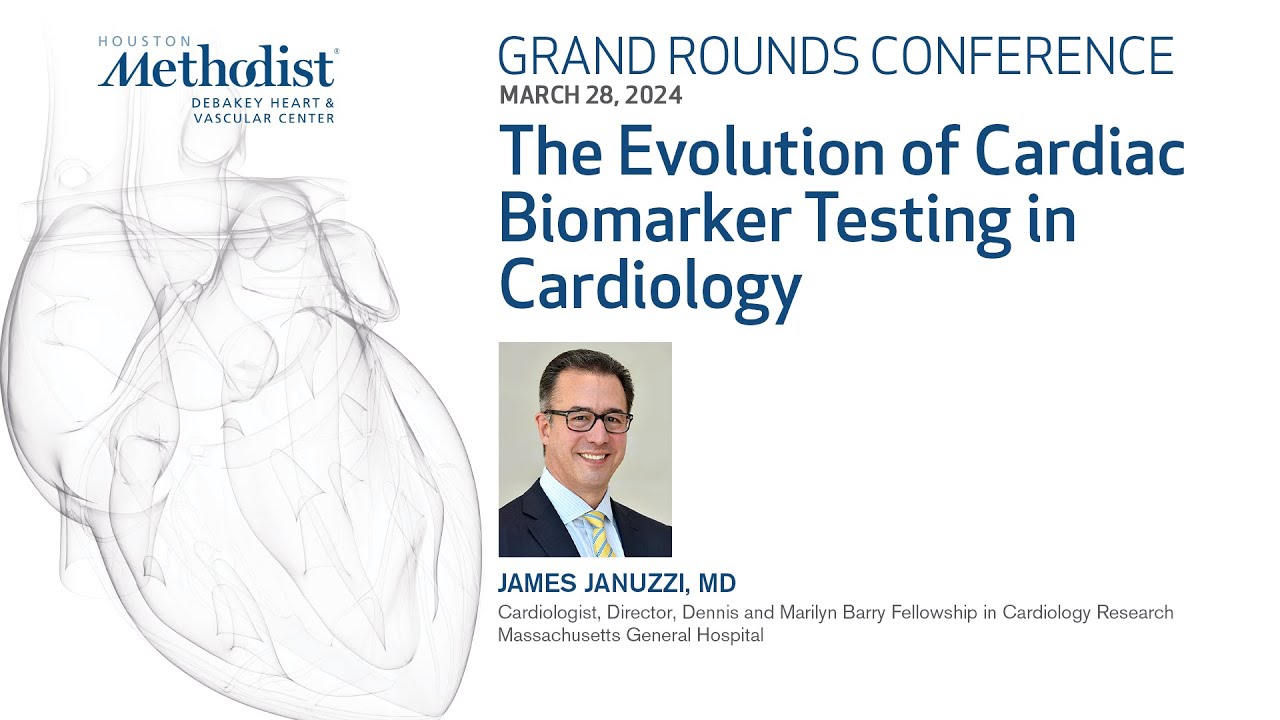Longer follow-up confirms advantage of sirolimus-eluting vs bare metal stents
Reuters Health • The Doctor's Channel Daily Newscast
The findings are based on 3 years of data from the randomized SESAMI trial. The 1-year results from SESAMI indicated superior outcomes with sirolimus-eluting stents.
Until now, however, long-term safety and efficacy data for sirolimus-eluting stents in STEMI patients came only from registries, according to author Dr. Carmine Musto, from San Camillo Hospital, Rome, and colleagues.
As reported in the February 23rd Journal of the American College of Cardiology, SESAMI included 320 patients, with long-term data available for more than 97% in each group.
The primary outcome – the incidence of major adverse cardiovascular events at 3 years – was 12.7% with sirolimus-eluting stents vs 21% with bare metal stents (p = 0.034). The endpoint was a composite of cardiac and noncardiac death, Q-wave and non-Q-wave infarction, coronary artery bypass graft surgery, or target lesion revascularization.
Patients with sirolimus-eluting stents also had significantly lower rates of target lesion revascularization (7% vs. 13.5%, p = 0.048), target vessel revascularization (8% vs. 16%, p = 0.027), and target vessel failure (11.5% vs. 20.5%, p = 0.028) compared to patients with bare metal stents.
In addition, significantly more sirolimus-treated patients were alive and free from these adverse outcomes (87% to 93%, depending on the event) compared to patients with bare metal stents (79% to 86.5%; p < 0.05). Prevention of target lesion revascularization drove the benefit of the drug-eluting stents, and this was first apparent in the first year of follow-up.
After clopidogrel was discontinued, the two groups had similar cumulative rates of death and recurrent myocardial infarction, the report indicates.
The study had two principal limitations, the authors note. First, it examined only clinical endpoints. Second, it was not powered to detect differences in cardiac event rates between 12 and 36 months.
Reference:
J Am Coll Cardiol 2010;55:810-814.






